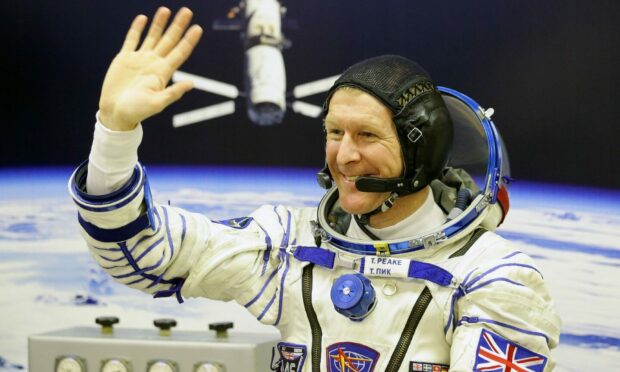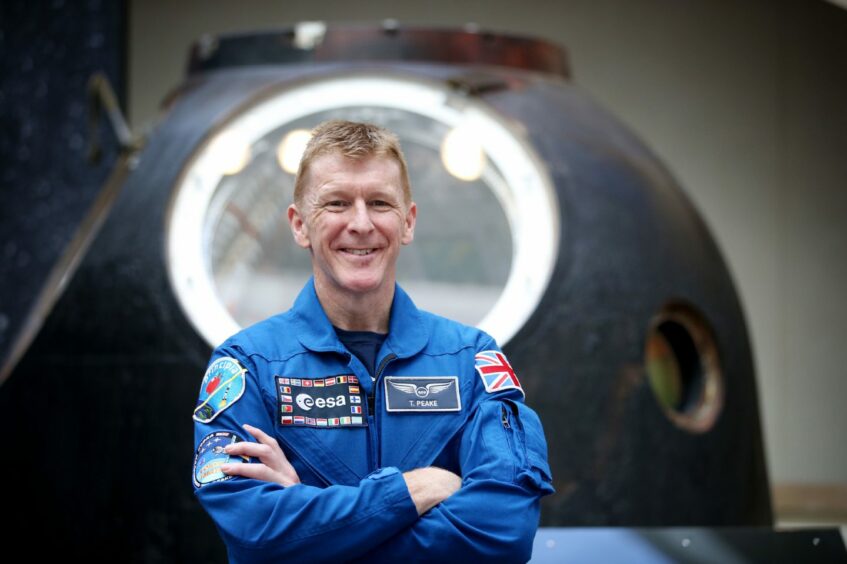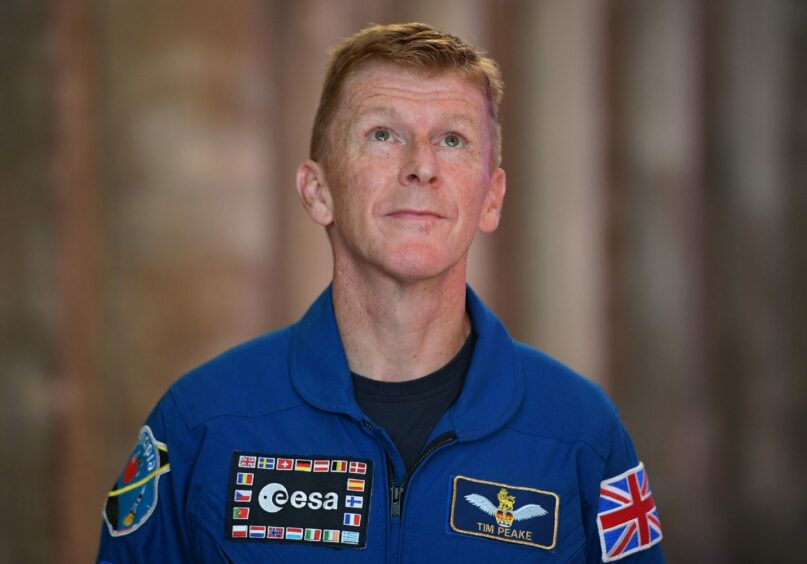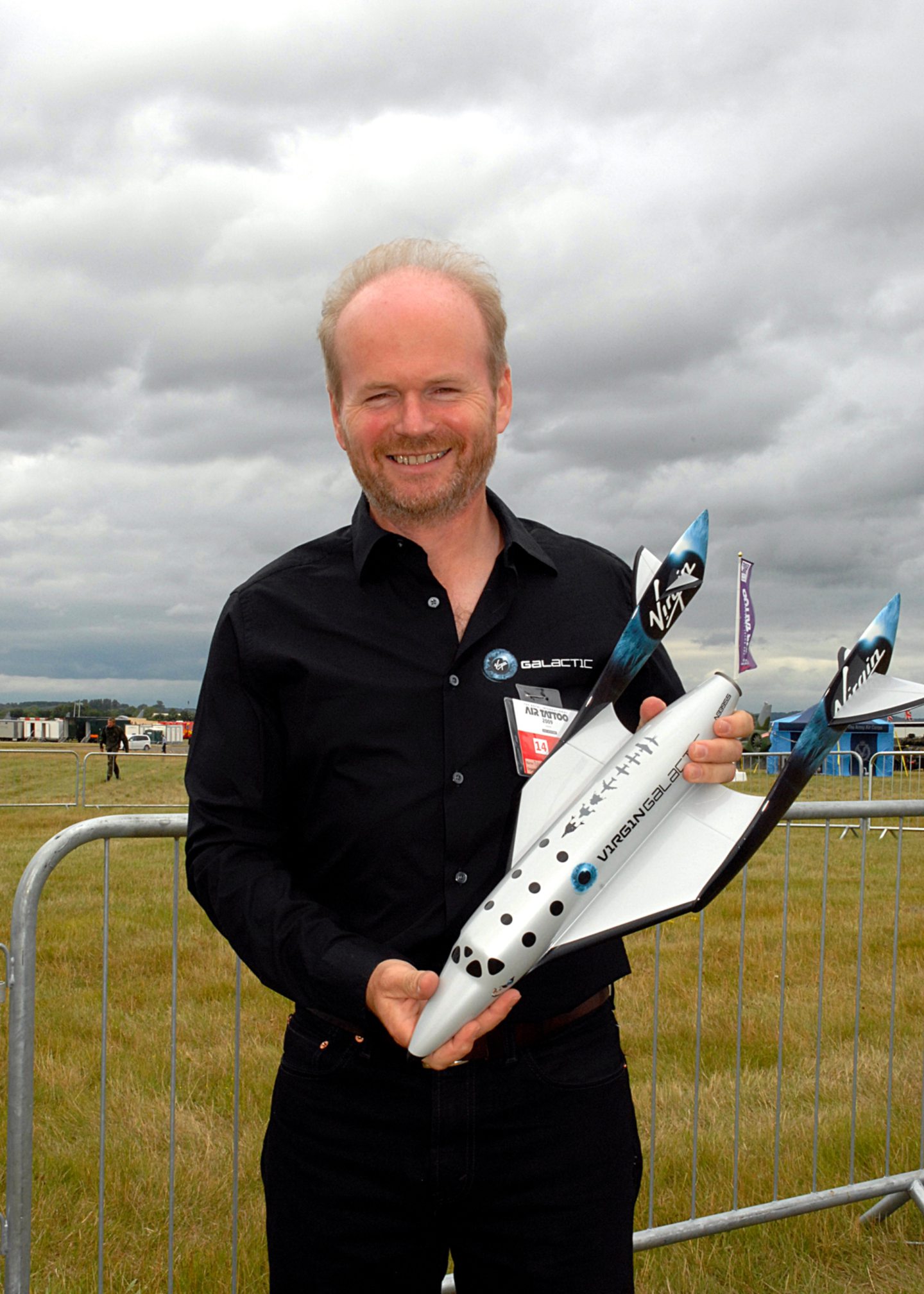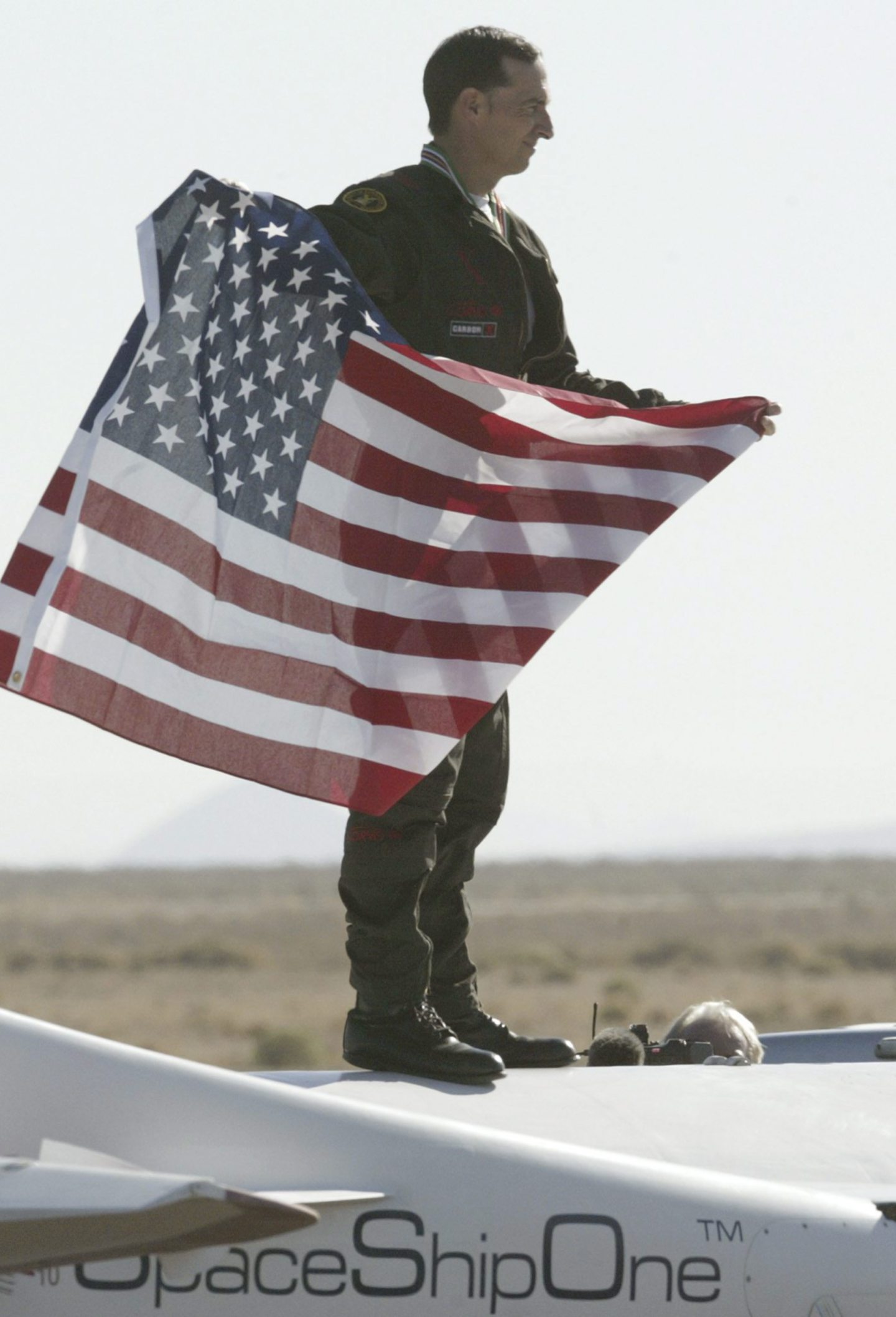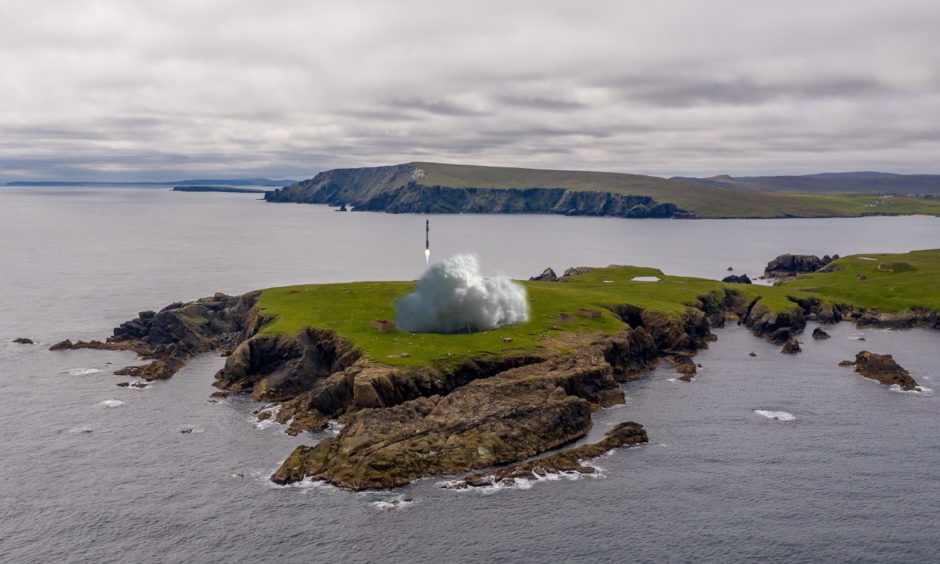Tim Peake was captivated by the world of wonder he surveyed from the International Space Station in 2015.
It was all there, just as he had imagined it while he was growing up and dreaming of becoming an astronaut and soaring into the great blue yonder.
The Briton recalled later: “It’s impossible to look down on Earth from space and not be mesmerised by the fragile beauty of our planet.”
Yet it is a sobering thought that, seven years after Peake spent 173 days on the ISS, launching from Baikonur Cosmodrome in Kazakhstan, alongside two crewmates, Tim Kopra of Nasa and Yuri Malenchenko of the Russian Federal Space Agency, such a multi-national mission would be impossible in the current climate with war raging in Ukraine.
That reality won’t be lost on Britain’s first male astronaut – Helen Sharman was the original trailblazer when she journeyed into space and visited the Mir station in 1991 – but it explains why he will be offering his audience at Aberdeen’s Music Hall an escape from the doom and gloom on their TV screens when he talks about his experiences on Wednesday.
And his enthusiasm and resilience has been obvious for a long time.
There were myriad aspects of Peake’s foray to the ISS which were anything but glamorous.
He regularly worked 14-hour days, was involved in a spacewalk to repair the station’s power supply and carried out 250 experiments for the European Space Agency, including 30 on his own body.
As he subsequently related, this was no environment for untried novices or people who were not physically and mentally equipped for every scenario.
When Peake applied to become one of six candidates to visit the ISS in 2009, he was in competition with more than 8,000 hopefuls.
But despite being what he described as a “fairly shy” person, he possessed the military training and sangfroid to deal with whatever obstacles were placed in his path.
Yet it was still six years before he gained the opportunity to fly into history.
He said: “The great thing about the International Space Station is that it’s not owned by a single country but is a collaboration of many countries across the world, including the UK.
“Before I became an astronaut, I was a very private individual. But when you are given a platform and a voice, I think it’s important to use that for the benefit of the things that you are passionate about.
“I want to bring some positivity to everybody’s lives.”
So many youngsters have grown up with aspirations of following in the footsteps of Neil Armstrong, Buzz Aldrin or Valentina Tereshkova; and whether inspired by Star Trek, David Bowie or Futurama, there will never be a shortage of kids who stare at the Moon and think : “I want to go there”.
It won’t happen for the majority of us, not even if commercial spaceflights become a reality in the future and the space ports, which are currently being constructed in such places as the Scottish Highlands prove a success.
Peake knows that but as he said: “Not everyone can go into space, but if they could, it would change them. So if I can try and bring a little bit of that back to Earth, and educate people, then that is an important goal”.
He is providing audiences with an intimate, behind-the-scenes look at his adventures and discussing the hows and whys of space exploration.
He has also drawn together breath-taking photographs, never-before-seen film footage and fascinating insights into what being an astronaut really entails; from training to launch day, spacewalk to re-entry and dealing with such intriguing issues as eating, sleeping and, yes, toilet protocol in space.
Focus on the things you can control
And his message to those with stars in their eyes is, for the moment, at least, to stay practical, study science and maths and keep your feet on the ground.
As Peake added: “There’s no substitute for attention to detail – it helps you generate options.
“We tend to fear the unknown but as soon as we have a plan for what to do if something goes wrong, fear is removed.
“We can go into a situation with confidence because we have a number of options that we know we can employ.”
It’s prescient advice, and even though they might not have ventured to the ISS, at least two formidable Scots have enjoyed their own voyages into space.
Last year, Helmsdale-born David Mackay gained his second opportunity to look at the deserts of the south-western United States from 55 miles in the air.
It was a little over two years since the chief pilot for Virgin Galactic, who grew up in the Scottish Highlands, had previously crossed the Nasa-designated boundary of 50 miles and become the first native-born Scot in space and, once again, the refulgent colours were what made the biggest impression on him.
Mackay said: “The big deal, as you look out the window, is the contrast between this densely black sky, which is a bit strange, because you are outside the atmosphere and the sun is incredibly bright.
“You are looking at that dense black sky and there is this beautiful colour of atmosphere, an extremely thin band of beautiful, beautiful blue.
“And that was contrasted with these incredible oranges. You know, those beautiful, rust-type colours on the ground with dotted white clouds above.
“It’s just an incredible scene. And a truly remarkable thing to see.”
For his part, Brian Binnie has never forgotten the conversation he had with his mother when he was just seven years of age.
At that stage, while growing up in Milltimber in Aberdeen, the youngster was increasingly excited by the development of rockets and modules which were being despatched into space as the United States and the Soviet Union vied for propaganda victories and extra-terrestrial triumphs.
‘I would want to be an astronaut’
He recalled: “While I had a fascination with things that fly, she was the one who asked me what I wanted to be when I grew up.
“I struggled to find an answer and so she interrupted me with the words: ‘If I was a wee laddie, I would want to be an astronaut.’
“And since I didn’t know what she meant, she went on to tell me about rockets and space, about planets and stars. And I was hooked from that moment on.”
As an experienced and well-regarded aviator, Binnie first arrived in the Mojave Desert in California when he was hired as a test pilot by the Rotary Rocket Company, an organisation which was striving to develop a commercial spaceship that would land using a helicopter-style rotor blade system.
But then, on October 4 2004, he made his historic flight in SpaceShipOne (the project financed by aerospace engineer and entrepreneur Burt Rutan).
The craft went higher than it had ever gone before in previous test flights and, in the process, accentuated the possibility of commercial space flight.
It also demonstrated the magnitude of space being the final frontier.
He said: “It is a fantastic view, a terrific feeling. There is a freedom and a sense of wonder that we all need to experience.
“You can see as many pictures and videos as you like, but none of them do it justice when you look out and see the Earth, and all that separates it from the black void of space is the thin blue electric light of atmosphere.”
No wonder Tim Peake feels a duty to share his perspectives.
Ultimately, he’s one of the few who has ever gone up there and lived in a larger-scale version of Bowie’s fabled tin can!
More like this:
Aberdeen boy Brian Binnie grew up wanting to be a spaceman and realised his dream
Bonnie Dunbar: Five-time space hero was inspired by Dundonian grandfather
